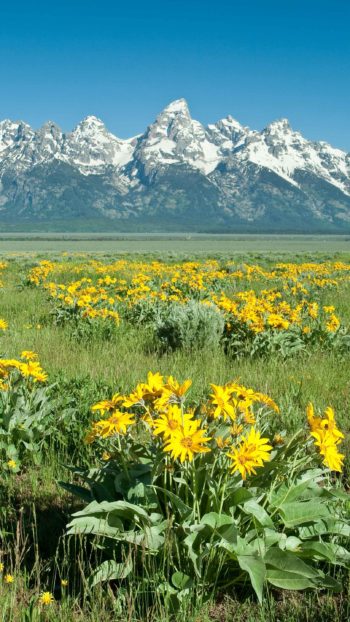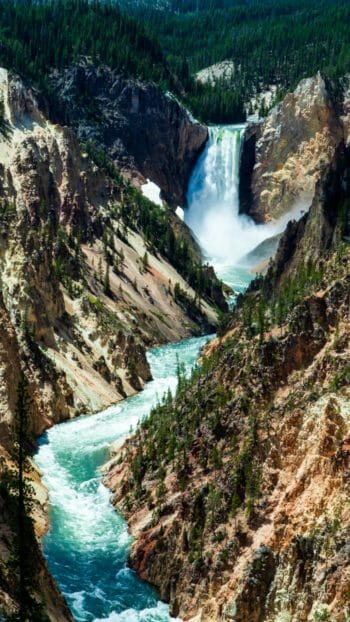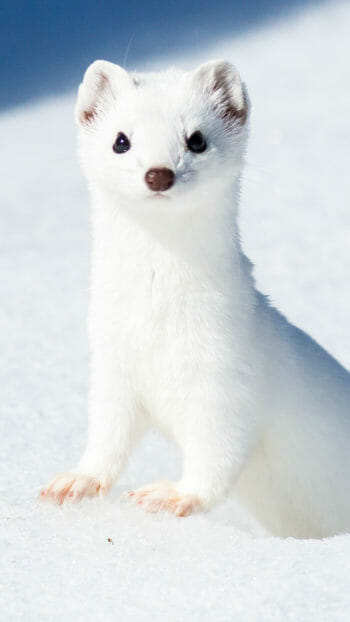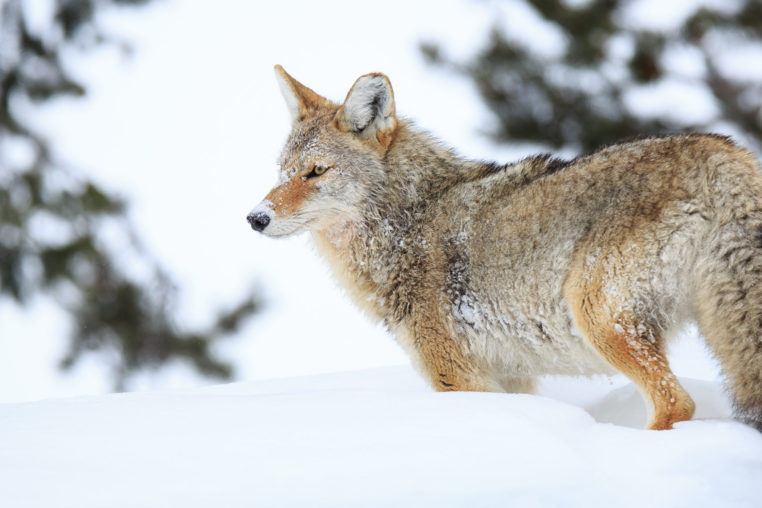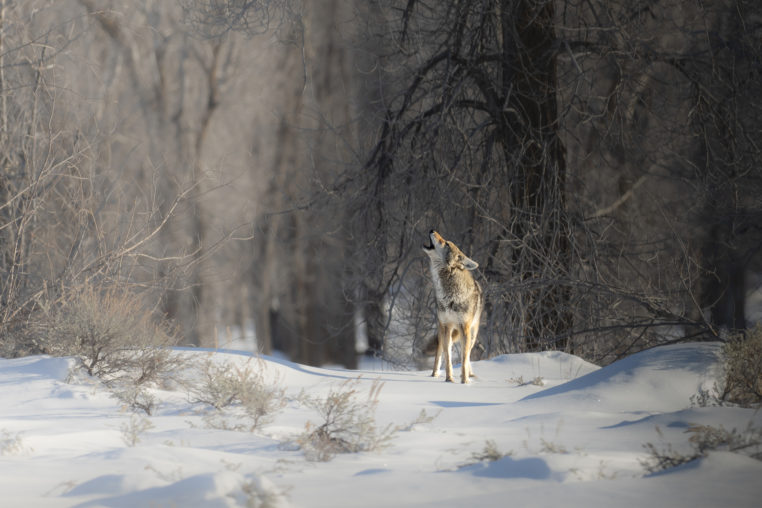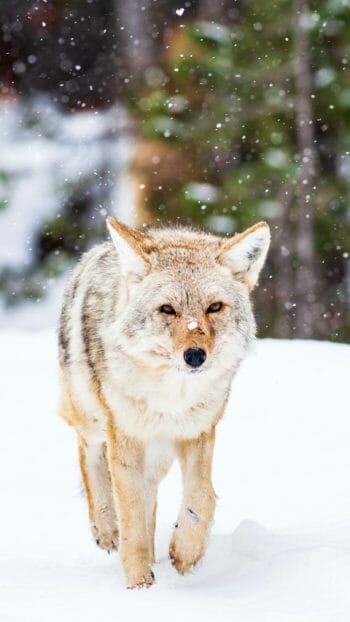
(Canis latrans)
Coyotes are prevalent on the landscape of the Greater Yellowstone Ecosystem. They play a vital role in the health of the ecosystem as opportunistic predators of rodents, small mammals and the offspring of larger animals such as deer. They are often mistaken for wolves, but they are significantly smaller with an average weight of 30lbs. They are not as tall, standing at less than two feet, they have larger ears and longer, pointier snouts than wolves, and they are not quite as shy.
Wildlife Viewing
- Yellowstone
- Grand Teton
- Jackson Hole
Book Online
Watch For Wildlife On These Tours
About
The Secret Life of the Coyote
Coyotes are often spotted on their own either on the move or hunting rodents in a field. We don’t tend to see much of them otherwise, and there’s a lot about them that people don’t know. They are incredibly intelligent and extremely adaptable, able to adjust to whatever hardships life throws their way. They can live in rugged wilderness in extreme winter climates, hot deserts, and even urban areas. They can even be found in Central Park in New York City! They are true survivors.
Coyotes are monogamous, so they pair up for life. They are extremely loyal partners, only choosing another mate if one dies. They breed once a year and exhibit a family unit much like humans. Male pups will disperse up to 9 months old, but females will often stay with their mother. They do not form packs in the traditional sense, their group is simply a family unit. They travel and hunt alone, so they are generally spotted solo.
Role in the Ecosystem
Coyotes are not apex predators, but mesocarnivores, meaning they are not at the top of the food chain. The majority of a coyote’s diet is rodents and small mammals. They are opportunistic omnivores and will eat what they can catch. They also kill smaller mesocarnivores, such as foxes, skunks, and raccoons which boosts biodiversity. In the same way, coyote populations are controlled by the presence of apex predators. Wolves and bears keep their populations in check by killing them and filling higher roles in the ecosystem.
Myths and Misconceptions
Coyotes often get a bad rap. Many indigenous tribes have ancient myths and stories about the coyote; they are frequently described as tricksters, the embodiment of evil, and selfish gluttons. Other stories are favorable, portraying a divine role as “God’s dog” sent to watch over people, and bringing fire to humans. Sometimes the coyote is seen as a neutral, ambivalent character.
Today, coyotes are typically thought of as pests. Their presence is unwelcome, particularly in rural areas where domestic animals are present. There are misconceptions that coyotes are conniving, even to the point of targeting dogs and luring them into an ambush of other coyotes. In reality, dogs become extremely curious and relentlessly follow a coyote who may run back to their dens for help from their pack members. Some tell stories of coyotes faking a limp to trick a dog into approaching it, only to attack the dog which paints an even more sinister character. The limp is actually a defense mechanism to distract an unwelcome threat and lure them away from a vulnerable den with pups.
Many people may have an unfavorable outlook on coyotes, but they are not too different from humans. We both form socially structured family units with nurturing parents, eat a variety of foods, and do what we can to survive. While it is true that people must take care of their cats and dogs to keep them safe in areas where coyotes roam, that is simply what we must do while living amidst nature. Like all other wildlife, they act on instinct, not a devious moral code.
Where Will I See Coyotes?
To spot a coyote, just keep an eye out! They often pop up at any place, any time. Like most animals in the region, they are more active at dawn and dusk. They are often mistaken for wolves but with some basic knowledge of coyotes, they are easy to distinguish. They are a treat to watch as they utilize their skillful mousing tactics, listening intently and pouncing. You’ll find yourself cheering when they successfully pull a vole or pocket gopher from the ground!
FAQs
How can I tell the difference between a coyote and a wolf?
Coyotes are much smaller than wolves, averaging around 30 pounds and standing less than two feet tall. They also have larger ears, longer and pointier snouts, and slimmer builds compared to wolves. Once you know these features, it becomes much easier to distinguish them in the field.
What do coyotes eat in the Greater Yellowstone Ecosystem?
Coyotes are opportunistic omnivores, with most of their diet consisting of rodents, small mammals, and sometimes the young of larger animals like deer. They will also scavenge or prey on smaller carnivores such as foxes or skunks, which helps maintain balance and biodiversity in the ecosystem.
Are coyotes dangerous to people or pets?
Coyotes are generally shy around people and rarely pose a threat. However, they may prey on unattended small pets if given the chance. Many myths suggest they deliberately lure dogs into ambushes, but this is a misconception. Instead, coyotes may act defensively to draw a potential threat away from their den and pups.
Where is the best place to see coyotes in Yellowstone?
Coyotes can be spotted throughout Yellowstone, often in open fields where they hunt for rodents. They are most active at dawn and dusk. Look for them trotting across meadows or performing their signature hunting leap to catch mice and voles—it’s one of the most entertaining wildlife behaviors to observe.
Do coyotes live in packs like wolves?
Coyotes do not form large packs in the traditional sense. Instead, they live in family groups consisting of a mated pair and their offspring. While pups may remain with their parents for a time, males usually disperse before their first year, and adults are often seen hunting or traveling alone.
Further Reading
Yellowstone Wildlife Safari: Explore the Wild Heart of America’s First National Park
May 14, 2025
Yellowstone National Park is not just a marvel of geothermal wonders and sweeping vistas—it’s a living, breathing sanctuary where nature exists in its rawest form. A Yellowstone wildlife safari invites you into the untamed heart of the park, offering front-row seats to one of the greatest wildlife spectacles in North America.
Grand Teton Wildlife Tour
Apr 7, 2025
Driving into the park from downtown, you are instantly greeted with breathtaking mountains towering over the pristine valley and the winding Snake River. With riparian habitats, pine forests, and sagebrush flats, this diverse park is home to several highly sought after wildlife species such as bison, moose, bears, elk, and more!

